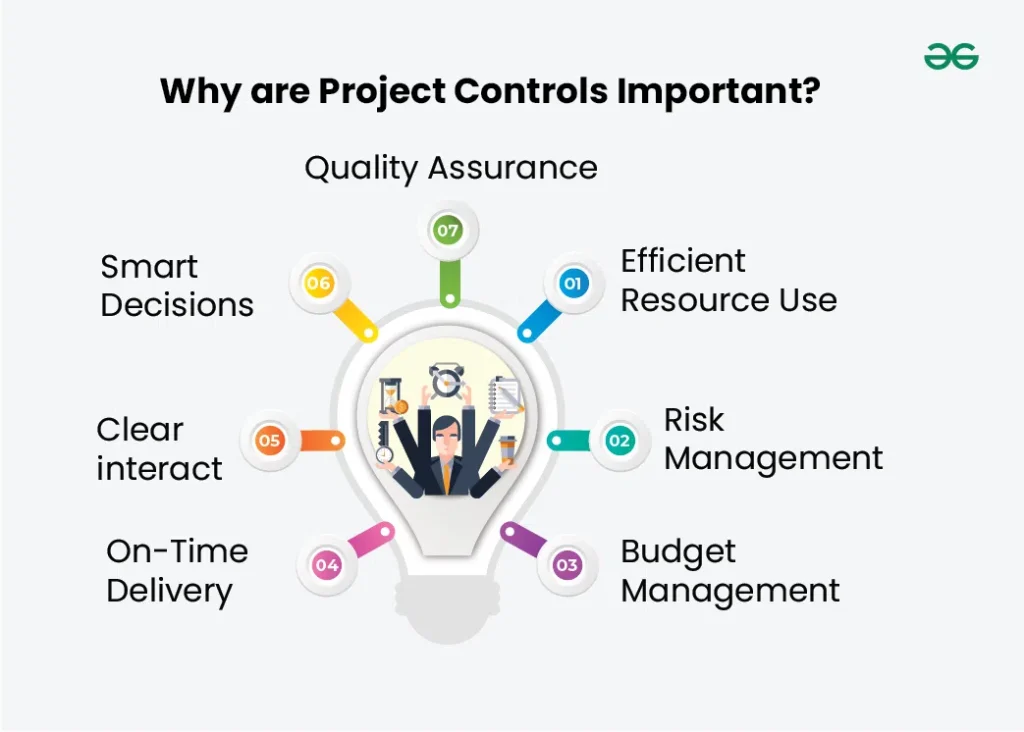In the bustling world of construction, project teams are under constant pressure to deliver—faster, leaner, and cheaper. But behind the noise of approvals, mobilization, and timelines lies a quiet saboteur of success: poorly managed site instructions.
Too many projects rely on verbal updates, WhatsApp conversations, or hurried instructions during site meetings to drive major execution decisions. The result? Confusion, rework, finger-pointing, and millions of shillings lost in preventable errors.
Let’s walk through a real example.
🔧 When Verbal Instructions Go Wrong
On a recent mid-rise residential project in Nairobi, the structural team had just cast the slab for the third floor when an unexpected call came in from the MEP consultant.
The issue? Electrical conduits had been misaligned—by nearly 400mm—compromising the ceiling layout for lighting, ventilation, and ductwork. The cause wasn’t poor workmanship. It was something far more common: a site-level instruction passed on verbally, never formally recorded or tracked.
There was:
- No signed-off drawing update
- No centralized record of the change
- No digital trail for accountability
By the time the mistake was caught, demolition had already begun. What followed was a familiar chorus: hacking, noise, concrete waste, cost claims, and reputational damage.
This wasn’t just a technical failure.
It was a systems failure.
📉 The Hidden Cost of Poor Controls
When site instructions aren’t backed by process, they’re just noise.
In our experience across institutional, commercial, and residential projects, we’ve seen the same pattern emerge:
- Coordination meetings with no recorded outcomes
- Updates delivered informally, often misinterpreted
- Multiple teams working from outdated drawings
- Critical information spread across disconnected platforms
And the consequences?
🧱 Rework that erodes profit margins
📆 Delays that disrupt phasing and leasing plans
🤝 Trust breakdown between client, consultants, and contractor
📊 Claims and variations that could have been avoided
🛠️ What Real Project Controls Look Like
At Benign Consultants, we approach coordination not as an afterthought—but as a strategic layer of project delivery.
Here’s what we implemented on a recent fit-out project that turned things around:
- Centralized Data Environment (CDE): All teams worked from the same updated drawings, hosted on a secure cloud platform.
- Digital Issue Tracking: Instructions were logged, linked to revisions, and assigned deadlines—no ambiguity.
- Structured Coordination Meetings: Weekly sessions with documented action items and shared accountability.
- Visual Dashboards: Teams could see task progress, approvals, and risks in real time.
These weren’t complicated software platforms—they were purposefully chosen, right-sized tools that made communication measurable.
🧰 Why This Matters Now More Than Ever
The Kenyan construction sector is evolving. Clients are more informed, timelines are tighter, and ESG expectations are growing. But many project teams are still running on analogue processes in a digital world.
If your project relies on:
- Word of mouth to implement changes
- Reactive firefighting during site meetings
- Guesswork around version control and drawing management
…then your delivery model is leaking value—every day.
📥 Get the Toolkit: Build Smarter, Not Harder
To help project teams bridge the gap between design and execution, we’re preparing a free Construction Digitization Toolkit—designed for developers, architects, QSs, contractors, and project managers across East Africa.
Inside, you’ll find:
- A Digital Readiness Checklist
- Five Essential Tools for Smarter Delivery
- Real Lessons from Kenyan Projects
- A Starter Roadmap to Improve Coordination
This isn’t a sales brochure. It’s a practical guide built from our on-the-ground work—designed to help your next project run smoother, cleaner, and with fewer late-night calls about broken slabs.
👉 Want early access?
Visit www.benignconsult.co.ke/toolkit or send an email to info@benignconsult.co.ke with the subject line “Toolkit Request.”
👷 Let’s Rethink the Way We Build
Coordination shouldn’t be left to chance.
It should be built into the DNA of your project.
Because in construction, what’s not documented doesn’t exist—and what’s not coordinated doesn’t get built right.
Let’s stop hacking slabs—and start designing smarter systems that build trust, not tension.

